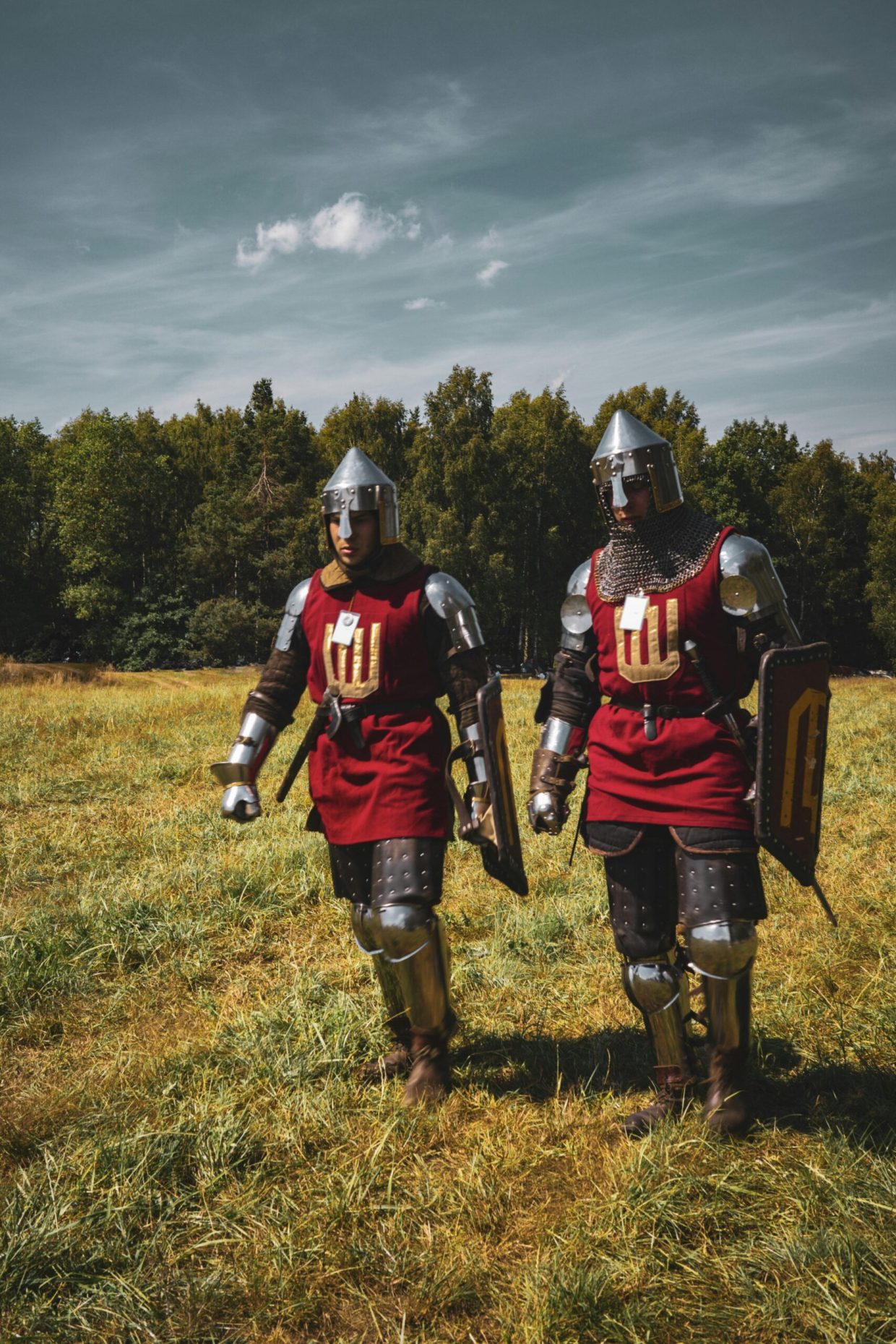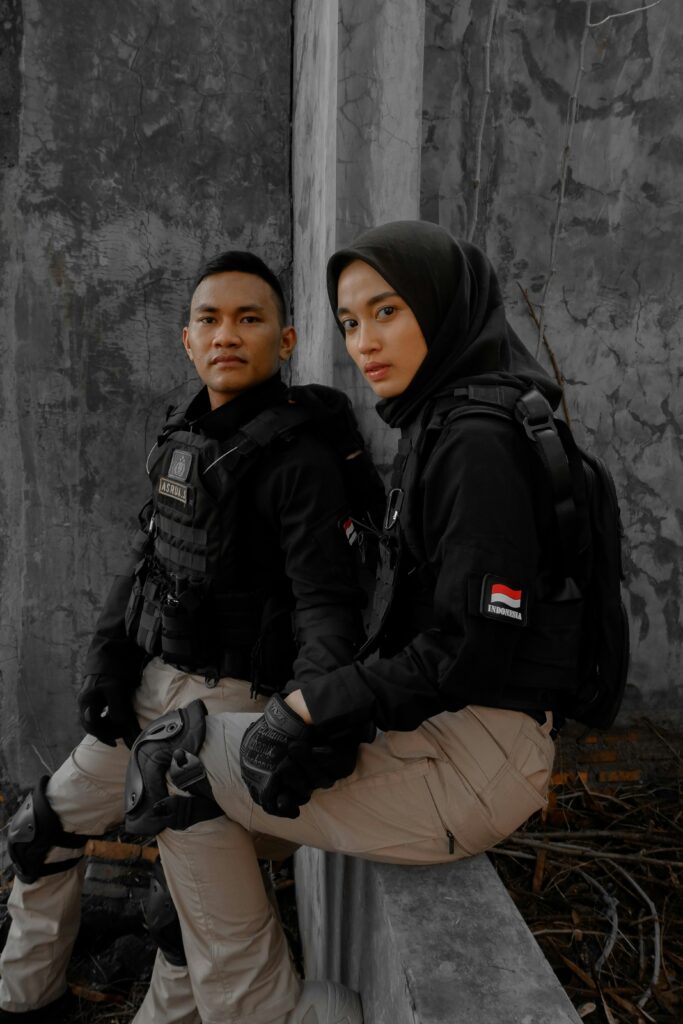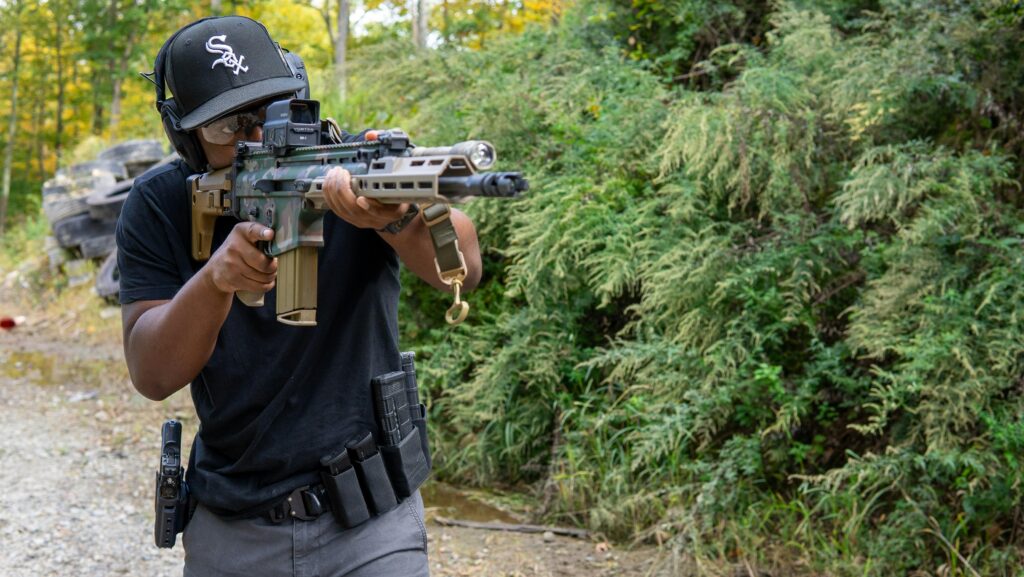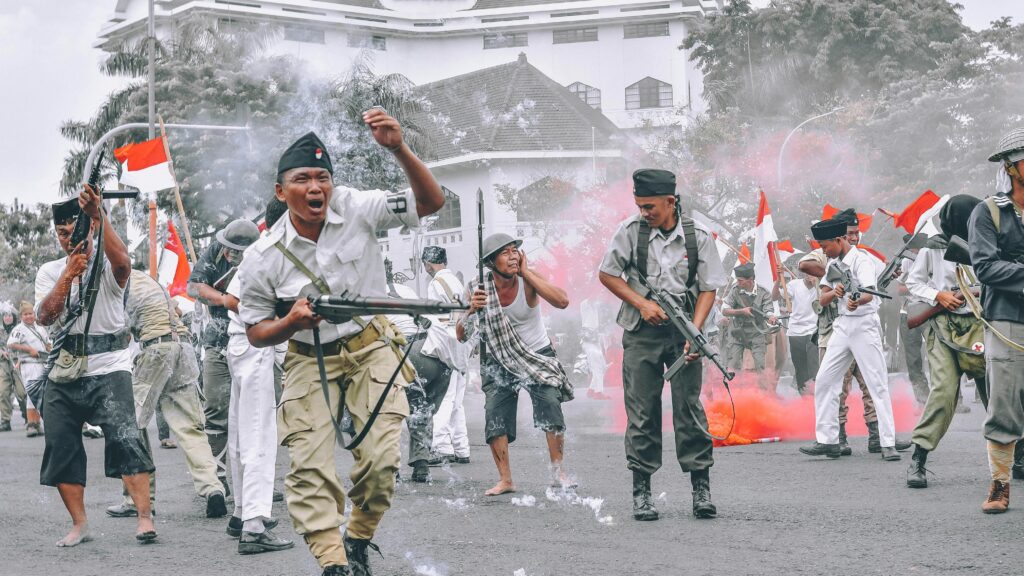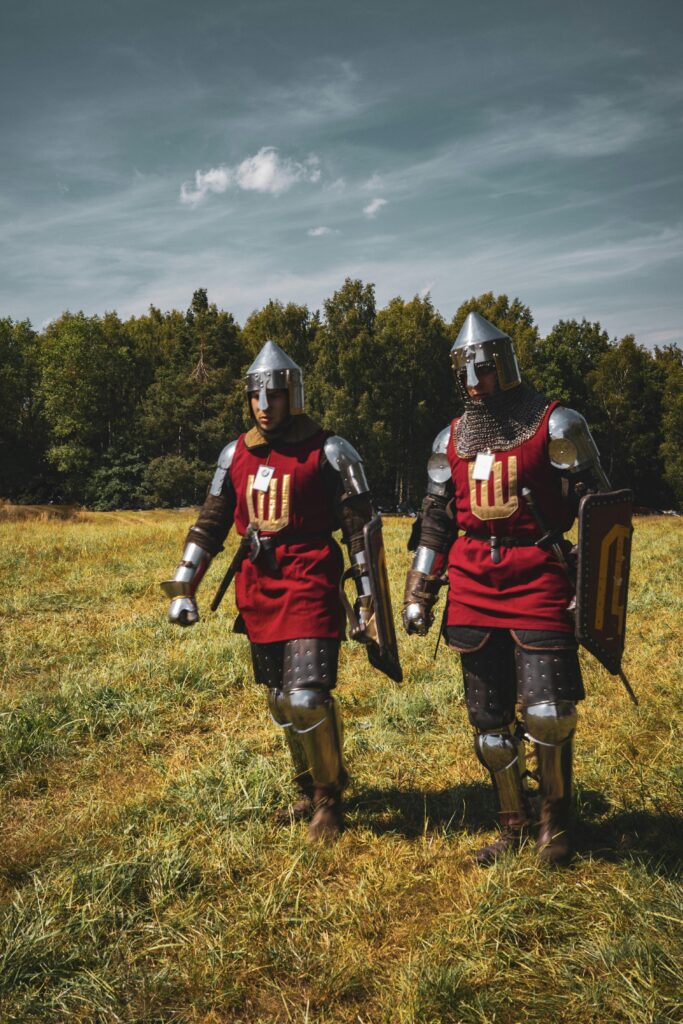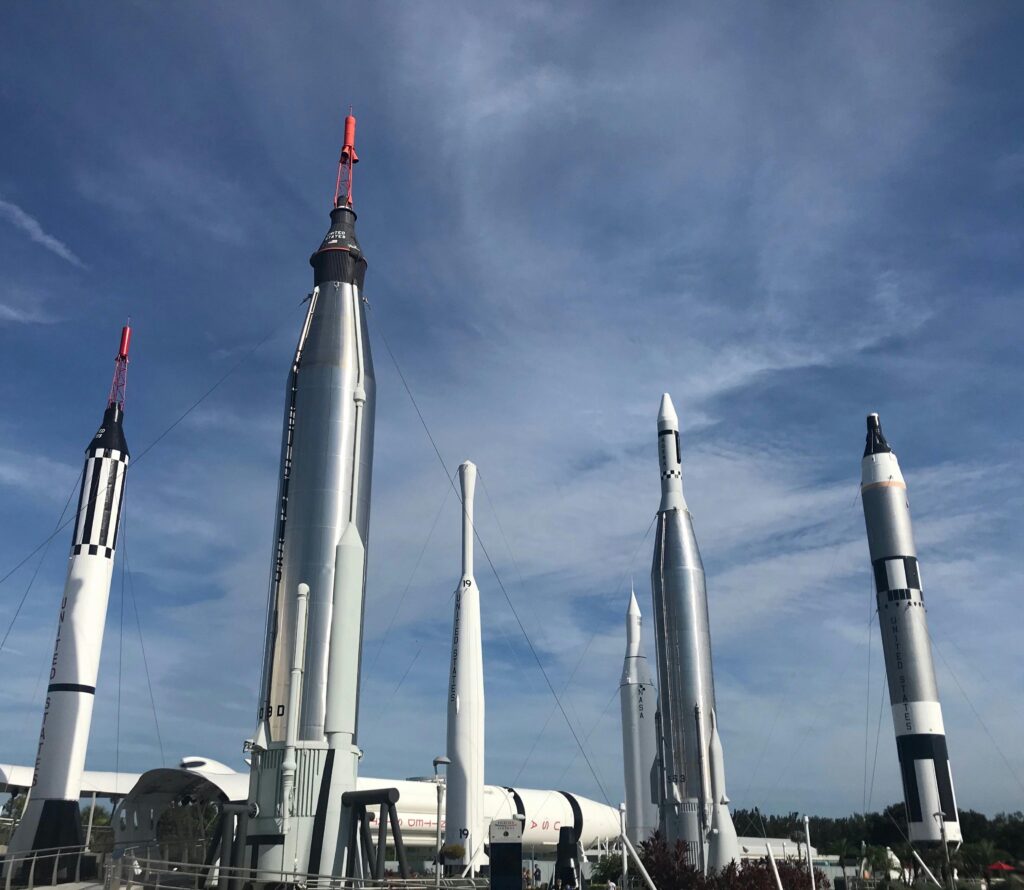When history speaks of courage against overwhelming odds, few tales resonate as powerfully as the Spartan stand at Thermopylae. In 480 BCE, a small force of Spartan warriors, led by King Leonidas, faced the seemingly unstoppable might of the Persian Empire. This iconic battle has come to symbolize valor, sacrifice, and unwavering commitment to duty. In this article, we’ll explore how these legendary warriors defied Persia’s vast army, the strategies they employed, and the lasting legacy of their heroic stand that continues to inspire generations around the world. Join us as we delve into the story of Spartan valor at Thermopylae—a timeless testament to courage and resilience.
Table of Contents
- Spartan Leadership and Tactical Brilliance in the Battle of Thermopylae
- The Role of Spartan Training and Discipline in Withstanding Persian Forces
- Strategic Lessons from Thermopylae for Modern Military Planning
- Incorporating Spartan Valor into Contemporary Team Building and Resilience Training
- In Retrospect
Spartan Leadership and Tactical Brilliance in the Battle of Thermopylae
At the heart of the legendary stand at Thermopylae was a masterclass in leadership, exemplified by King Leonidas and his elite Spartan warriors. Their ability to harness discipline, unwavering courage, and an unbreakable sense of duty transformed a seemingly impossible defense into a timeless symbol of resilience. Leonidas’ command was not merely about brute strength—he orchestrated a defense that leveraged the narrow mountain pass’s natural geography, channeling the vast Persian forces into confined spaces where their numbers became irrelevant. This tactical ingenuity showcased the Spartans’ profound understanding of terrain and warfare, proving that strategy could blunt even the mightiest invader.
Beyond battlefield tactics, Spartan leadership instilled several critical principles that remain studied to this day:
- Unity of Purpose: Each Spartan fought not for personal glory but for their city-state and comrades.
- Adaptability: Rapid adjustments to Persian maneuvers kept enemy advances frustrated.
- Morale Under Pressure: Even when overwhelmed, Spartans maintained discipline, inspiring allied Greek forces.
- Embrace of Sacrifice: Acceptance of potential death forged an indomitable will to resist.
Their tactical brilliance combined with indelible valor immortalized this encounter. It was not simply a battle but a resounding legacy of leadership that continues to inspire military strategy and human spirit worldwide.
The Role of Spartan Training and Discipline in Withstanding Persian Forces
Spartan soldiers were the epitome of rigorous training and unwavering discipline, which was crucial in their ability to face the overwhelming Persian forces at Thermopylae. From a young age, Spartan males were subjected to the agoge, a grueling educational and military training system that instilled resilience, endurance, and tactical prowess. This intensive preparation fostered not only physical strength but also a profound sense of unity and loyalty among warriors, enabling them to operate cohesively in the phalanx formation. Their disciplined mindset was a decisive factor that allowed a relatively small Spartan contingent to hold off a vastly superior enemy force for days.
Key elements that underscored Spartan effectiveness included:
- Strict Military Hierarchy: Spartan command was based on clear lines of authority which ensured swift decision-making and flawless execution during battle.
- Unyielding Code of Honor: Each soldier was bound by an ethos that prioritized courage above life itself, often choosing death over retreat.
- Physical and Mental Conditioning: Endurance training and discipline hardened Spartans not just physically but fortified their willpower, allowing them to endure extreme hardship.
- Collective Strategy: The use of the phalanx, a tightly-knit defensive formation, exemplified their tactical discipline and maximized their defensive capabilities despite being outnumbered.
Strategic Lessons from Thermopylae for Modern Military Planning
The Battle of Thermopylae stands as a timeless example of how meticulous terrain utilization and unwavering discipline can transform the odds in favor of a smaller force. Modern military strategists can draw from the Spartans’ masterful exploitation of narrow mountain passes, which neutralized the numerical advantage of the Persian army. This highlights the enduring principle that knowledge of the battlefield environment and its deliberate integration into tactical planning can be decisive. Furthermore, the Spartans demonstrated the critical importance of force cohesion and morale, showing that a well-coordinated and committed unit may hold ground far beyond what raw numbers would predict.
Another pivotal lesson lies in the power of sacrifice and psychological warfare. The Spartan defense at Thermopylae was not just a physical contest but a profound statement of resolve that galvanized Greek resistance across regions. Modern military doctrine increasingly acknowledges the intangible battlefield factors such as willpower, symbolic acts, and information dominance. This battle underscores how strategic narratives and exemplified courage can lift a force’s fighting spirit and undermine enemy confidence. Lessons from Thermopylae encourage a holistic approach to planning — one that balances technology, terrain, and human elements to shape battlefield dynamics effectively.
- Leverage terrain to offset numerical or technological disadvantages
- Build and maintain unit cohesion through rigorous training and shared values
- Incorporate psychological factors and morale-building measures in strategy
- Understand and exploit the power of symbolic resistance to influence broader conflict dynamics
Incorporating Spartan Valor into Contemporary Team Building and Resilience Training
The legendary resilience of the Spartans at Thermopylae offers invaluable lessons for today’s organizations striving to forge unbreakable teams. At the heart of their strength was an unwavering commitment to collective purpose—each warrior prioritized the group’s mission over individual glory. Modern teams can emulate this by cultivating a culture where shared goals and mutual accountability drive performance. Training programs that focus on trust-building exercises, clear communication protocols, and role clarity can echo the Spartan emphasis on coordinated effort, ensuring every member knows how their unique contribution advances the team’s overarching objective.
Furthermore, Spartan valor highlights the power of mental toughness under extreme pressure. Contemporary resilience programs benefit from integrating scenario-based challenges that push individuals beyond comfort zones, much like the relentless trials faced by the hoplites at Thermopylae. Incorporating elements such as:
- Stress inoculation through simulated high-stakes situations
- Mindfulness and focus training to maintain composure
- Physical endurance activities designed to build grit
These approaches carve a mindset anchored in discipline, courage, and adaptability—traits that define Spartan warriors and empower today’s professionals to thrive amidst uncertainty. Embracing these time-tested principles transforms resilience training from a theoretical concept into a lived experience with tangible, lasting impact.
In Retrospect
In reflecting on the Spartan valor displayed at Thermopylae, we are reminded that true courage often shines brightest against overwhelming odds. The stand of the 300—and their allies—not only exemplified unyielding dedication to duty and homeland but also etched an enduring legacy of resilience and sacrifice. Their defiance of Persia’s vast might continues to inspire generations, proving that the strength of spirit can rival even the largest armies. As we revisit this historic moment, the lesson remains clear: valor and conviction can turn the tide of history, no matter the scale of the challenge faced.


